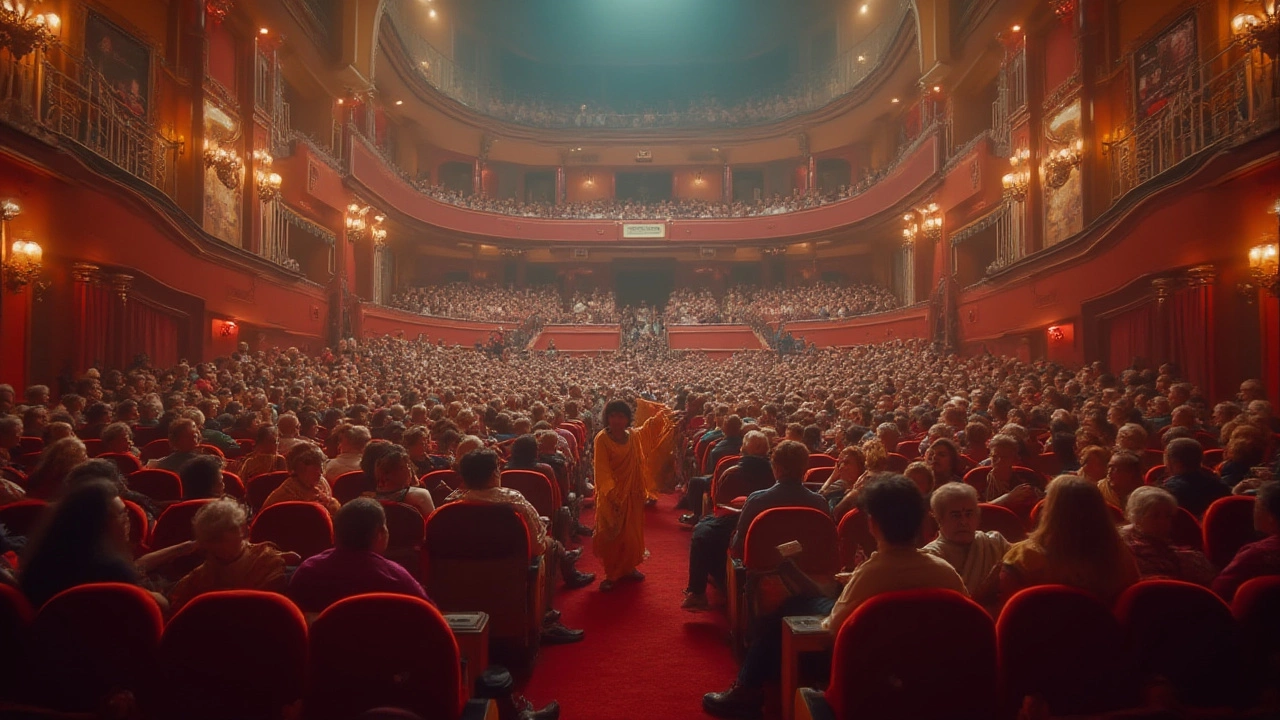
Think binge-watching a Netflix series is a stamina test? Wait until you hear about India’s longest movie. This is not the sort of film you casually watch in an afternoon—unless, of course, you’ve stocked up on snacks, reserved half a weekend, and have some very patient friends. Indian cinema, more than any other, has a habit of dreaming big and pushing limits. But which Indian film takes the crown as the absolute longest, and what makes it so unique? Buckle up: this one throws all standard movie runtimes out the window.
The Longest Movie in Indian History: Unraveling the Epic
So let’s answer the big question right away. The record for the longest Indian movie goes to a little-known yet fascinating project called “Tamasoma Jyotirgamaya.” Released in 2018, this marathon of a film clocks in at a jaw-dropping 48 hours and 10 minutes. Yes, you read that right. It runs for two entire days! It’s a Kannada-language film from director Deepak Madhukar Torne—more of a passion project than a traditional theatrical release. For comparison, most Bollywood potboilers last 2.5 to 3 hours, with ‘Sholay’ (1975) stretching just over 3 hours, which many felt was pretty long. Tamasoma Jyotirgamaya leaves even India’s most epic blockbusters in the dust.
What’s the story behind this cinematic behemoth? Deepak Madhukar Torne wanted to explore every aspect of Indian philosophy, spirituality, and values through elaborate storytelling. The title means “From Darkness, Lead Me to Light,” and the script touches huge themes from the Upanishads, Hindu mythology, politics, relationships, and more. Instead of cutting his vision short, Torne leaned in, allowing every idea and subplot room to breathe. Unsurprisingly, the film isn’t meant for a typical multiplex experience. It was screened in a marathon session to claim the record spot, with only small breaks in between. For movie lovers obsessed with film trivia, it’s right up there with Andy Warhol’s “Empire”—a static shot of the Empire State Building that runs eight hours—or Jacques Rivette’s “Out 1,” which is about 13 hours long. But India’s entry just refuses to quit.
Now, if you’re wondering about movies you’ve actually heard of—like the classic Bollywood or Tollywood giants—then “LOC: Kargil” is probably on your radar. Directed by J. P. Dutta and released in 2003, the film runs for 4 hours and 15 minutes. That’s the longest mainstream Indian movie to get an actual commercial release, packed with stars like Sanjay Dutt and Ajay Devgn, and an entire army of the most recognizable names from early 2000s Bollywood. Before that, the 1960 Telugu film “Mayabazar” was pretty legendary for its runtime, clocking in at 3 hours and 21 minutes, and is often seen in all-time greatest lists. But none come close to the 48-hour marathon of Tamasoma Jyotirgamaya.
| Movie Title | Year | Language | Runtime |
|---|---|---|---|
| Tamasoma Jyotirgamaya | 2018 | Kannada | 48 hours, 10 minutes |
| LOC: Kargil | 2003 | Hindi | 4 hours, 15 minutes |
| Mayabazar | 1957 | Telugu | 3 hours, 21 minutes |
| Sholay | 1975 | Hindi | 3 hours, 24 minutes |
| Gangs of Wasseypur (Part 1 & 2 combined) | 2012 | Hindi | 5 hours, 19 minutes |
Indian movies are known for stretching their legs, but Tamasoma Jyotirgamaya turned the dial up to eleven and then kept going. The real kicker is not just the run-time, but the break with tradition. Huge Indian films often get cut into two or more parts (think Baahubali or Mughal-e-Azam restored edition), but Deepak Torne insisted on a single, unbroken narrative delivered in one sitting. According to reports published around the release, the film had only a few screening events, mostly aimed at film enthusiasts and record officials. The official confirmation came from the India Book of Records and Asia Book of Records, but most Indian moviegoers missed this marathon achievement.
To put things in context, here are a few other Indian films famed for their length, not just their storylines:
- Gangs of Wasseypur (2012): Spread over two movies with a combined runtime above 5 hours. It was split simply because no theatre would play the full saga in one go.
- Aandhi-Toofan (1985): 3 hours, 2 minutes, which was considered “epic length” at the time.
- Mera Naam Joker (1970): Raj Kapoor’s ambitious project, at exactly 4 hours long, got mixed reactions because of its hefty runtime.
- Mughal-e-Azam (1960): A true classic, running for 3 hours, 17 minutes—and that was after studio cuts.
If you’re thinking of challenging yourself, maybe start training with a few marathon Bollywood flicks before attempting anything near Tamasoma Jyotirgamaya. You wouldn’t start with an ultra-marathon as your first race!
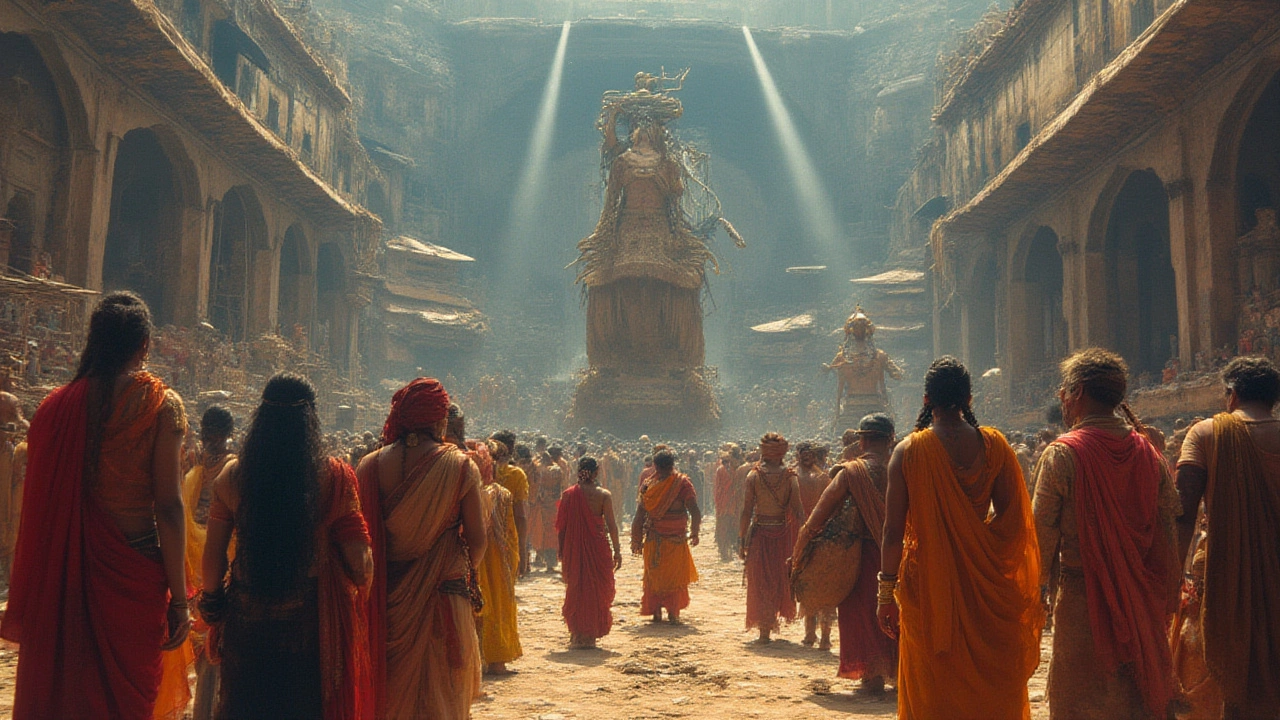
The Craft and Challenge Behind Making Marathon Movies
Let’s be honest: making a two-hour movie is hard enough. Now, imagine scripting, shooting, cutting, and organizing a film that's almost 50 hours. The logistics sound insane. There’s the obvious challenge of shooting hundreds of scenes, but keeping the story coherent over such a massive span is what really boggles the mind. Deepak Madhukar Torne, the director of the longest film, had to create characters whose arcs unfold over days. Keeping the audience (or even the cast!) engaged enough to commit is next-level dedication. For each character, motivations, emotions, and relationships had enough time to breathe, practically giving you an in-depth exploration you’ll never find in your average film.
Breaking it down: to reach those record-breaking hours, Torne filmed 3 to 5 hours daily over several months. The cast and crew became a sort of mini-family, working in shifts to make the impossible possible. Unlike most Indian movies, which rely on star power, dance numbers, and catchy soundtracks, Tamasoma Jyotirgamaya leans into storytelling, philosophical debates, and in-depth scenes. To avoid audience fatigue, the director even structured it with internal "arcs", so two or three smaller stories unfold within the mega-narrative, each with its own climax. Think of it as reading an epic book, split into volumes, but all bound under one cover.
Cinematography in such a long film cannot just be about aesthetics. It has to help the viewer stay oriented and focused over dozens of hours. The music is used sparingly, and the editing is more restrained. All in all, these sorts of projects emphasize storytelling and ideas over instant thrills. For the record-keeping screenings, small breaks were allowed, mostly just to keep everyone safe. Those attending often treated it like an “endurance test”—the ultimate movie marathon for the truly hardcore.
If you think this is only an Indian phenomenon, here’s a fun fact: the world’s longest narrative film, “Logistics,” from Sweden, runs for a mind-numbing 857 hours (35 days and 17 hours) and follows the journey of a pedometer from a Stockholm shop to a factory in China. Makes you think twice about committing to a miniseries! But even among global movie fans, Indian cinema’s longform approach is unique. Bollywood and other Indian film industries often double as social events. Families go as groups, theaters schedule special snack intervals, and stories routinely blend genres for the ultimate entertainment buffet. That’s why something like Tamasoma Jyotirgamaya could even get made, let alone watched.
On the mainstream side, the shooting schedules for lengthier but more commercial Indian epics like LOC: Kargil or Gangs of Wasseypur also border on legend. These productions involve huge casts, massive sets, and tight deadlines. LOC: Kargil, for example, featured over 20 lead actors, each with their own subplots. It meant months of coordination for war scenes alone, plus the challenge of recreating real battles with military-grade props, extras, and stunts. But this creative madness is partly what makes Indian cinema so electric and unpredictable. International awards shows may get amazed by the drama, but homegrown fans are just as likely to cheer for the film that tests their attention span to its limit.
If you ever sit through one of these marathons, here’s a pro-tip: drink water, take breaks, and definitely bring friends—it doubles as a personal achievement and a social event. Some film festivals and cinema clubs actually plan screenings of extra-long films as endurance competitions, complete with certificates and bragging rights for survivors. So don’t be surprised if you see a group of people in line at 8 a.m., ready with pillows, lunch boxes, and thermos flasks—preparing for the ultimate cinematic workout.
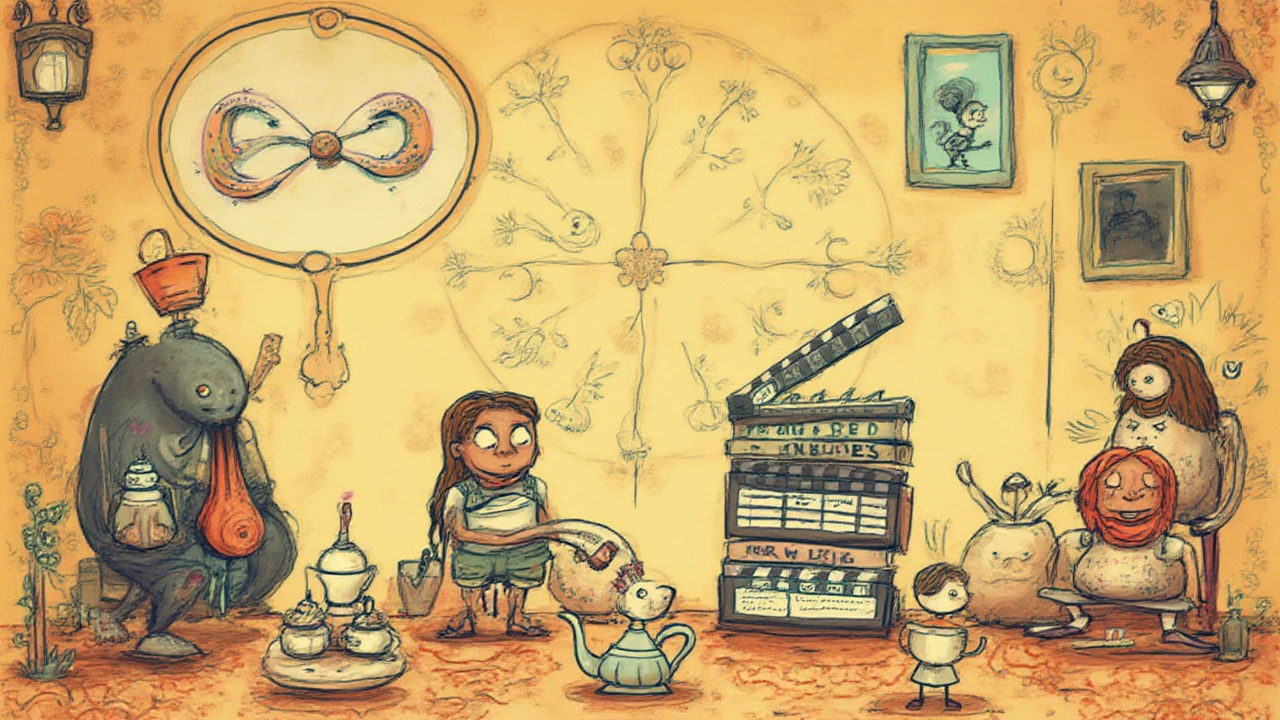
Why Indian Cinema Loves Epic Lengths—and What’s Next?
It’s not just about breaking records. Indian cinema’s obsession with long movies has a lot to do with storytelling tradition. In many Indian homes, stories are passed down in long, winding formats—think bedtime tales from grandparents that stretch over weeks, or soap operas with hundreds of episodes. Films just carried the torch, fitting several genres—romance, comedy, action, tragedy—into a single package. The audience almost expects these larger-than-life stories to take their time and unfold at leisure. Watching a long Indian film often feels like spending the day in the world of its characters, going through every heartbreak, twist, and celebration.
And while mainstream movies are now getting shorter (especially with the rise of platforms like Netflix, Hotstar, and Amazon Prime), there’s still a passion for the “epic event” film. Look at S.S. Rajamouli’s Baahubali saga or even Aamir Khan’s Lagaan; these pushed runtime boundaries and were event experiences when released. With streaming services, people can now watch at their own pace, pausing and returning, which means super-long stories can find an even bigger audience—at home, at their own pace.
Another factor? Songs. There's hardly a classic Indian movie that doesn't break its narrative for three or four chart-topping tunes that add 30-40 minutes. Back in the 70s and 80s, a movie was almost incomplete without at least six full songs, comedy interludes, side plots (sometimes three generations of a family tree!), and an emotional climax. The audience expected it all, and producers happily delivered.
What about the critics? Are marathon movies considered masterpieces or just testaments to patience? Actually, it’s a bit of both. Tamasoma Jyotirgamaya is praised by some as a creative experiment, but it's not considered a cinema classic. LOC: Kargil and Mera Naam Joker, though, have respectable legacies. Critics agree: pulling off a long movie isn’t about stuffing more screen time—it’s about making sure every minute counts. That's why movies like Mughal-e-Azam or Gangs of Wasseypur are still talked about today: their length is matched by their must-watch value. They give fans a reason to revisit them again and again, discovering something new with every visit.
And here’s a little something for aspiring filmmakers: just because you can make a long movie, doesn’t mean you should. Start small, learn the craft, and maybe save your 40-hour epic until you’re sure your audience is up for it! On the flip side, if you have a wild idea, Indian cinema is probably the best playground to try it. From mythological retellings to sprawling gangster sagas, there’s always an appetite for something no one has seen before—whether it lasts two hours, or, apparently, two whole days.
To wrap it up, Indian cinema and the audience share an understanding: the ride might take a while, but if you love stories that completely immerse you, there’s nowhere like India to find them. From classic four-hour spectacles to films that make marathons seem like a warm-up, this is a film culture that loves to take its time (and has a record to prove it). Trying an ultra-long movie is almost like taking a trip—you can’t rush, and when you reach the end, there’s bragging rights built in. Just don’t forget to clear your calendar.
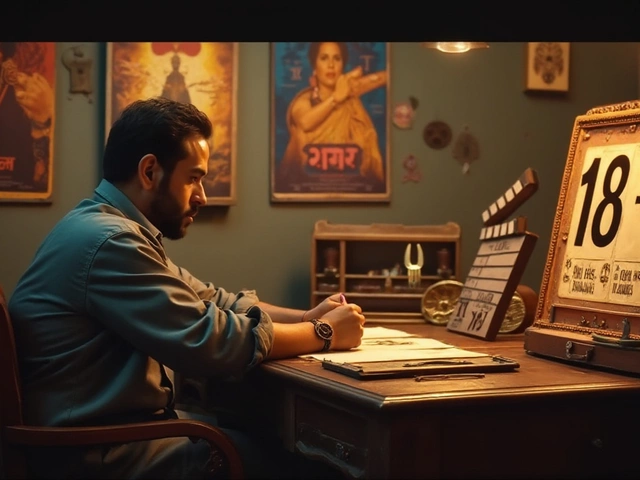
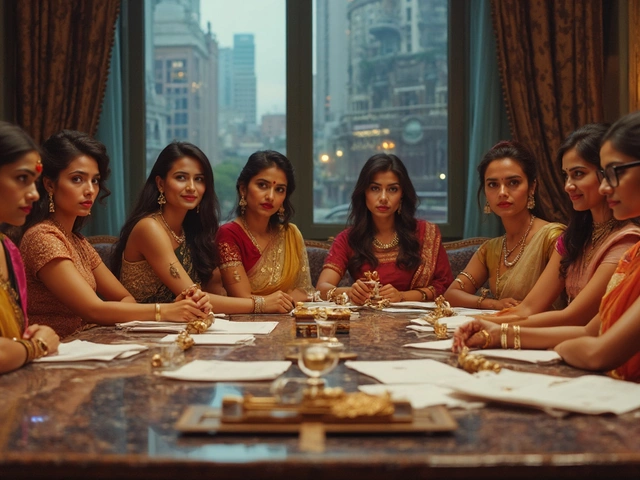
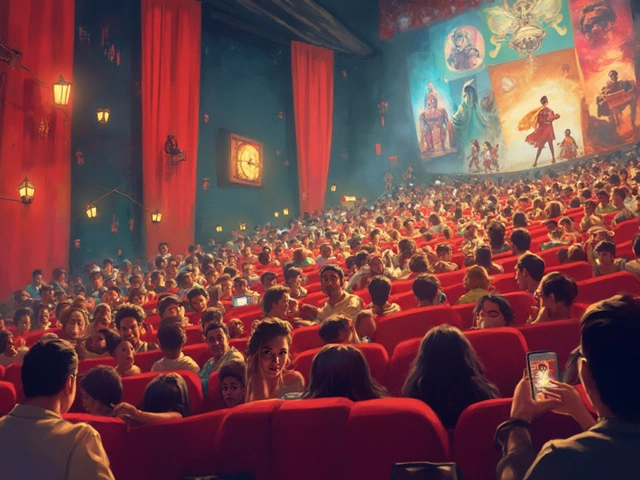
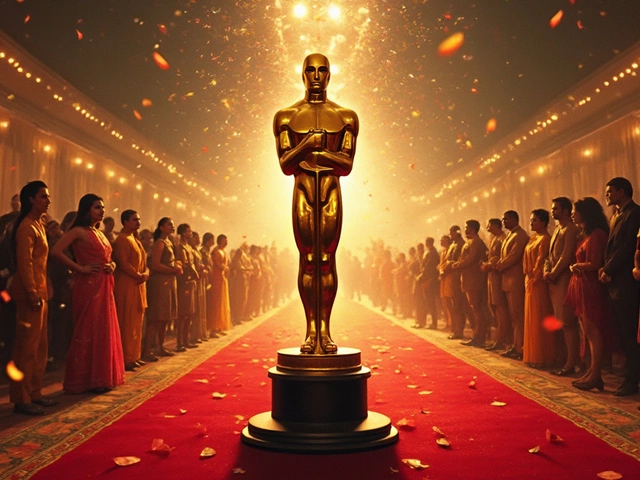
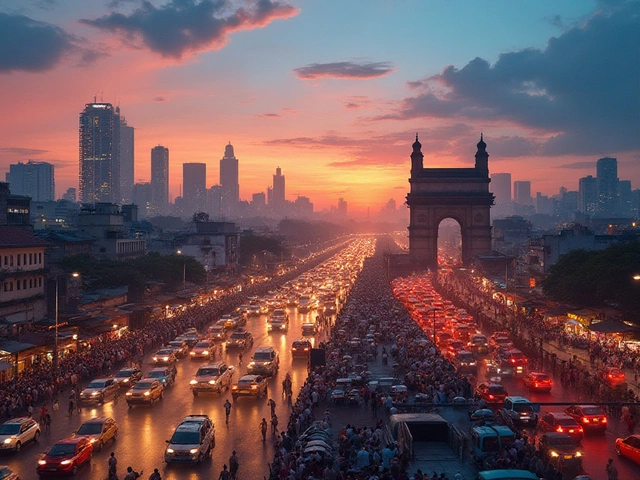
Write a comment